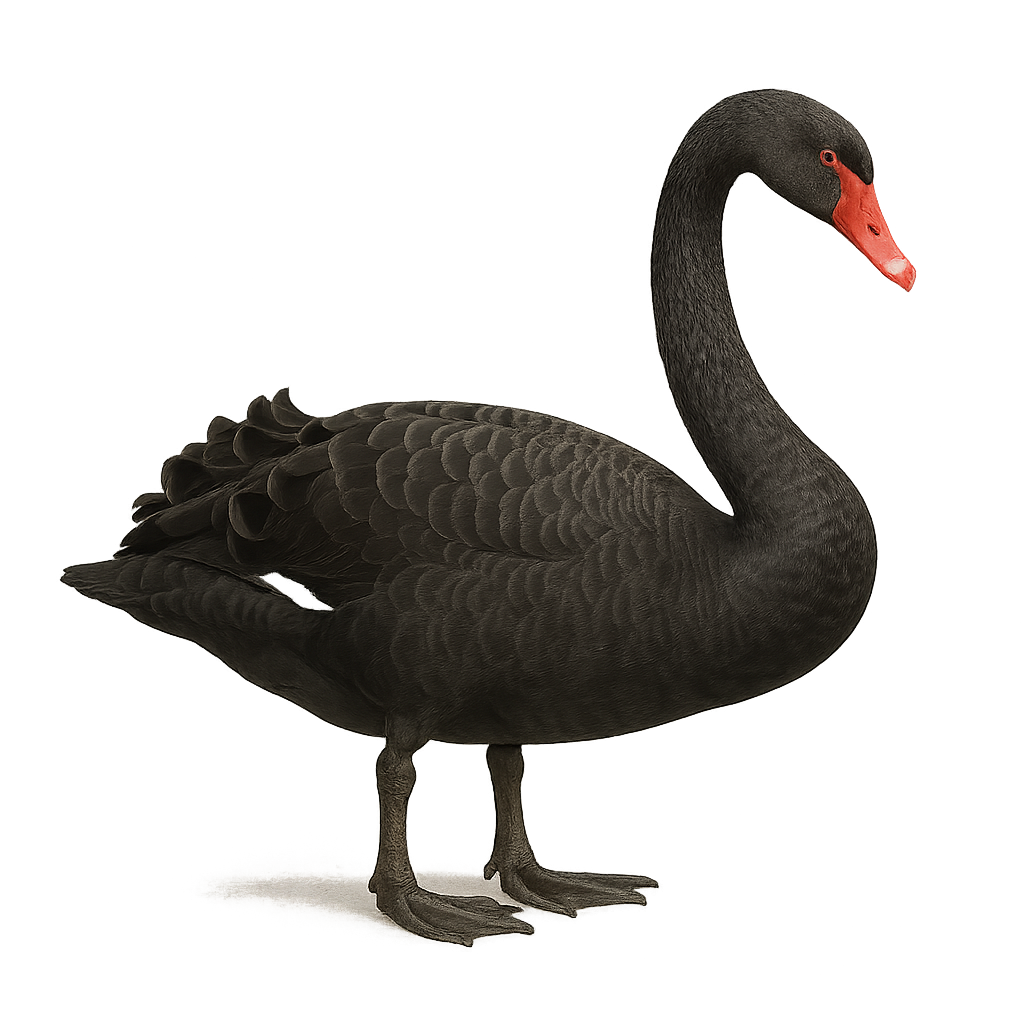Your wildlife photography guide.
Explore the black swan in detail, study its behavior, prepare your shots.
Where to observe and photograph the black swan in the wild
Learn where and when to spot the black swan in the wild, how to identify the species based on distinctive features, and what natural environments it inhabits. The WildlifePhotographer app offers tailored photography tips that reflect the black swan’s behavior, helping you capture better wildlife images. Explore the full species profile for key information including description, habitat, active periods, and approach techniques.
Black Swan
Scientific name: Cygnus atratus

IUCN Status: Least Concern
Family: ANATIDAE
Group: Birds
Sensitivity to human approach: Tolerant
Minimum approach distance: 10 m
Courtship display: February to June
Incubation: 35-40 jours
Hatchings: March to August
Habitat:
Lakes, rivers, marshes
Activity period :
Primarily active during the day, with peak activity in the morning and late afternoon.
Identification and description:
The black swan, Cygnus atratus, is a large waterbird native to Australia, easily identifiable by its black plumage and bright red bill. Measuring up to 1.4 meters in length with a wingspan reaching 2 meters, it is one of the largest swans. Black swans primarily inhabit lakes, rivers, and marshes, feeding on aquatic plants. They are known for their social behavior and often form groups. Nesting usually occurs on isolated islands or shores. Although mostly sedentary, some may migrate depending on climatic conditions.
Recommended lens:
400mm – adjust based on distance, desired framing (portrait or habitat), and approach conditions.
Photography tips:
When photographing the black swan, aim for the golden hours of morning or evening to capture the beauty of its black plumage contrasting with its red bill. Use a telephoto lens of at least 400mm to get detailed shots without disturbing the bird. Be patient and wait for it to move into a natural setting, such as a lake or river, for more aesthetic photos. Remember to check the exposure, as the black plumage can trick your camera's sensor.
The WildlifePhotographer App is coming soon!
Be the first to explore the best nature spots, track rutting seasons, log your observations, and observe more wildlife.
Already 1 430 wildlife lovers subscribed worldwide

